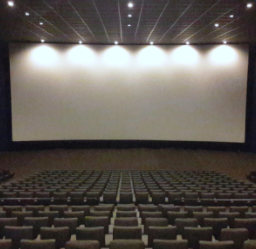Many people discovered new hobbies while under quarantine. I, however, re-discovered my love for movies. As many film fans can attest, it sometimes feels like you have to watch so many new films each year that it can be hard to find time to fill in classic blind spots. But with the 2020 quarantine (plus the fun of insomnia), I turned to the Criterion Collection and basically got a whole second film school education. As 2020 comes to a close, I’ve had over 120 new-to-me watches for the year, not counting films released in 2020. They span from silent era cinema through Camp (2003).
Since the final week of December is always about lists, here are my top 10 favorite first-time-for-me watches from 2020...
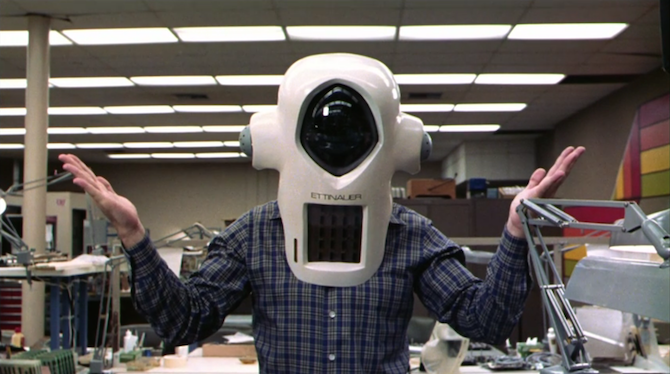
10. Real Life (1979)
Who knew Albert Brooks was skewering reality TV way back in 1979? Other than old movies, my 2020 was characterized by watches and re-watches of The Real Housewives of {Potomac, New York, Beverly Hills, Atlanta, Salt Lake City}. Potomac, in particular, knows how to break the fourth wall and allow the production crew to become part of the drama. So too does Brooks (playing a version of himself), as he leads a documentary film crew to the Yeager family to capture “real life.” Soon, his presence derails their life, as well as the lives of the townspeople around them. Brooks’ absurdist humor naturally conflicts with the banality of the average suburban life. The joke-a-minute tone is perfectly captured in the film’s opening and never stops. Brooks didn’t just skewer a moment in time, he predicted a trend that only grows stronger forty years later.
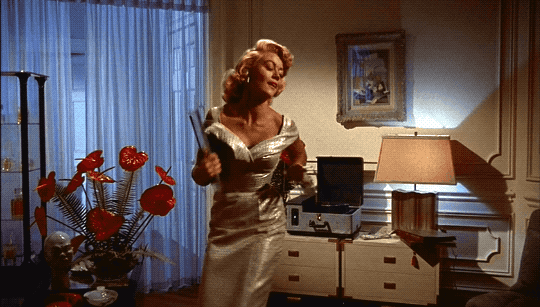
9. Written on the Wind (1956)
Who doesn’t love a good Douglas Sirk melodrama? For fans of his romances like All That Heaven Allows, Written on the Wind may come as a surprise. The film has a tremendous energy. It’s like a roller coaster, you just have to decide if you’re along for the ride. Kyle (Robert Stack) and Marylee (Dorothy Malone), children of a wealthy oil baron, are used to getting what they want in life. That’s why they think falling in love will be easy. Kyle pressures a New York secretary, Lucy (Lauren Bacall), into marrying him. Marylee throws herself at Kyle’s childhood friend, Mitch (Rock Hudson). Little do they both know that Mitch and Lucy are falling for each other while Kyle and Marylee throw fit after fit. Dorothy Malone isn’t just actressing from the edge in her Supporting Actress winning performance, she’s chewing the scenery and acting the house down. She goes as broad as one can go, but still fits it all into a very specific character whose highs and lows go so far in either direction. Coming in at 99 minutes, they truly don’t make films as energetic, juicy, deranged or efficiently as they used to.
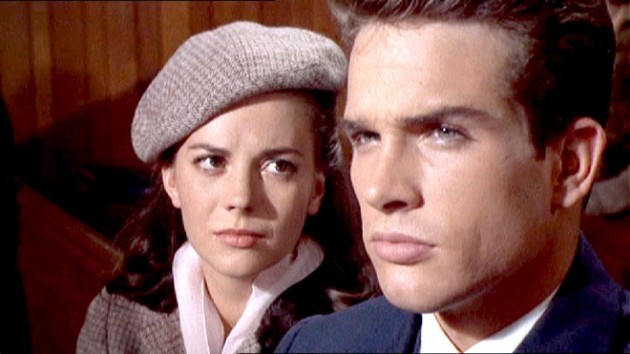
8. Splendor in the Grass (1961)
Nobody conveys attraction and repression in the same glance quite as effectively as Natalie Wood and Warren Beatty do in Splendor in the Grass. Set in 1928 Kansas, it initially seems like a fairly standard teen love story. Beatty plays Bud Stamper, the All-American son of the richest family in town. Wood stars as Deanie Loomis, a beauty from a much poorer family. Yet, the movie takes a turn as it interrogates the sexual morals of the time. Deanie can’t lose her virginity to Bud because she’ll be ostracized. However, she also can’t let him get his needs satisfied by other girls who would be happy to share his bed. To express the dangers of embracing one’s sexuality, Barbara Loden plays Ginny Stamper, Bud’s flapper sister who drinks, smokes and screws. The Stampers turn their backs on Ginny, placing the family’s future all on Bud. Both Wood and Beatty do a great job showing two bright, young people driven crazy by society’s expectations of them.
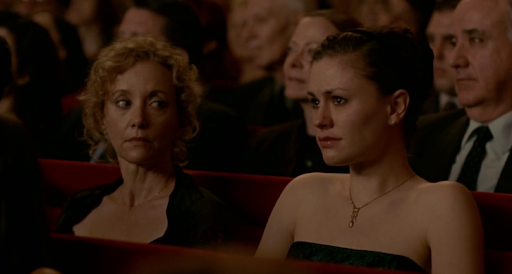
7. Margaret (2011)
It’s hard to know where to begin with Kenneth Lonergan’s Margaret. The long road to release makes this depiction of grief and purpose feel a bit of out time. Yet, this also made it a particularly cathartic and emotionally draining (in a positive way) quarantine watch. A small interaction between a New York teen, Lisa (Anna Paquin), and a bus driver, Gerald (Mark Ruffalo), directly leads to the death of a pedestrian, Monica (Allison Janney). The often meandering two and a half hour film finds Lisa searching for ways to forgive and flog herself for these actions. The meandering quality is what I found most haunting and realistic about the film. Grief isn’t a narrative, it’s something you have to slog through and watch helplessly as it permeates facets of your life you wouldn’t think it would touch. Combined with post-9/11 raw feelings, Lisa and her friends are all struggling with how to exist in a world that feels so profoundly broken. As we go through the pandemic, these are similar feelings we’re all struggling with. How do we keep doing the right thing when so many are still spreading the disease through irresponsibility?
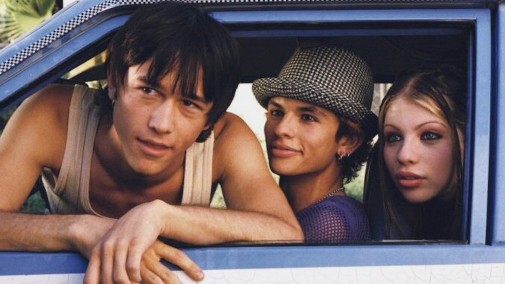
6. Mysterious Skin (2004)
I don’t know what I thought I was going to watch when I started Mysterious Skin at midnight one weekday night, but it whatever it was, I was fully unprepared for what I got from Gregg Araki’s searing drama. Neil (Joseph Gordon-Levitt) and Brian (Brady Corbet) experience something strange after a Little League game that neither can explain. Decades later and states apart, the boys move through the world very differently. Brian believes he was abducted by aliens and regularly suffers from nosebleeds, blackouts and bedwetting. He journeys to find Neil who may know more about the alien abduction. However, Neil is too busy seeking out gay sex from older men, eventually moving to New York City to become a prostitute. The haunting depiction of queer trauma is so incredibly well done in the film. Araki uses mystery and sci-fi genre elements to great success. Meanwhile, Gordon-Levitt has never been better. The film particularly shines when focused on the friendship between Neil, his first “girlfriend” Wendy (Michelle Trachtenberg) and the only other out gay kid in school, Eric (Jeff Licon).
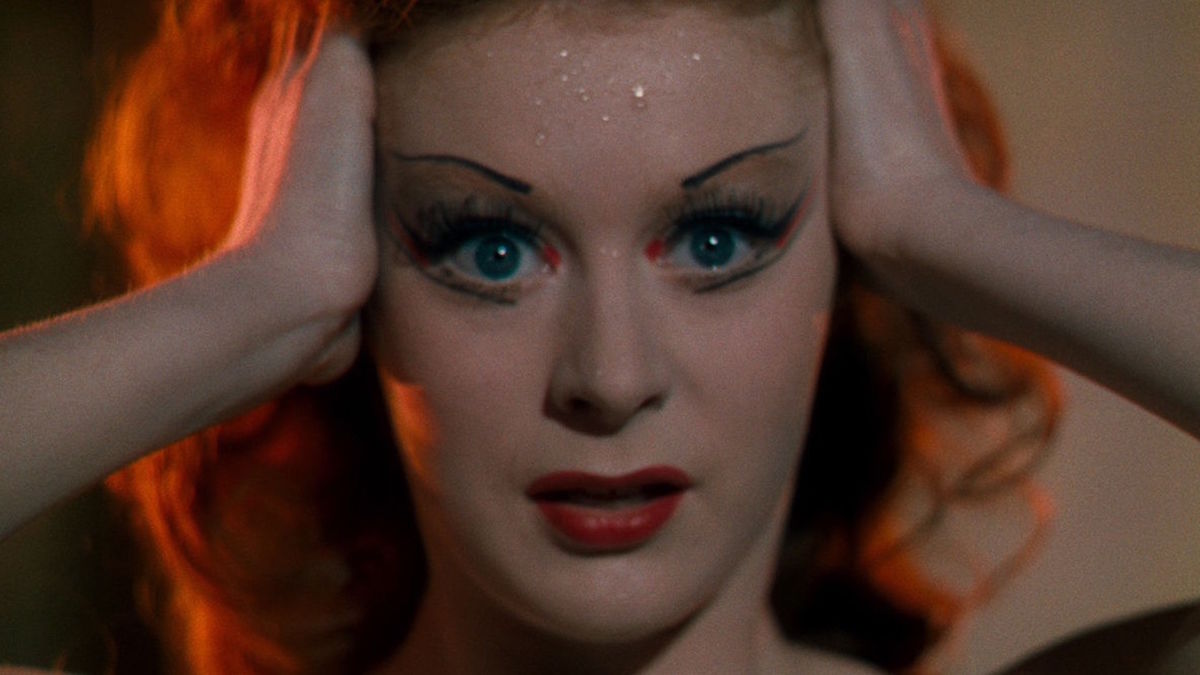
5. The Red Shoes (1948)
Speaking of being in the mind of an artist, The Red Shoes definitely puts us in the headspace of dancer Victoria Page (Moira Shearer). One of my favorite discoveries in 2020 has been experiencing the technicolor masterpieces of Michael Powell and Emeric Pressburger. With The Red Shoes, they manage to make madness look big, bold, sumptuous and frightening all in the same breath. Both Victoria and music student Julian Craster (Marius Goring) are drawn into the web of eccentric producer Boris Lermontov (Anton Walbrook). In trying to craft perfection in The Ballet of the Red Shoes, emotions and attractions run high between the trio. In bearing your heart and soul on the stage, whether it be through music composition or dance, an artist is leaving themselves vulnerable and open. As many movies following (most notably Black Swan) have confirmed for us, being a dancer is hard work, both physically and mentally.
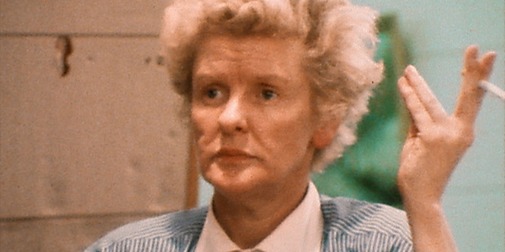
4. Original Cast Album: Company (1970)
As a fan of Documentary Now, I was familiar with D.A. Pennebaker’s short-lived “Original Cast Recording” episode on “Company,” by Stephen Sondheim. The Co-Op episode, featuring John Mulaney as a Sondheim type and Paula Pell doing a Elaine Stritch screech, was my favorite of the series. It wasn’t until Original Cast Album: Company was put on the Criterion Channel in June (happy Pride month indeed) that I realized the actual text is even funnier, darker and more layered than any satirical version ever could be. In just 53-minutes of bliss, Pennebaker captures the grueling flop sweat of artists trying to recreate the magic of stage in a small recording studio. Stritch’s performance of “The Ladies Who Lunch” is like watching Michael Jordan miss a free throw (is that the right sports lingo?). She’s an incredible talent who screeches as she tries to reach the high bar she’s set for herself. Few other pieces of art accurately depict what it’s like to be inside an artist’s head.
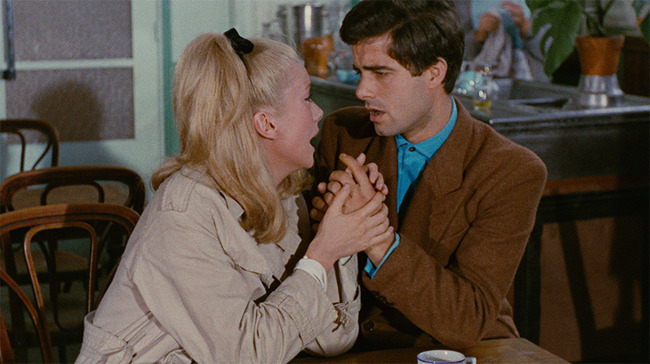
3. The Umbrellas of Cherbourg (1964)
The only feeling stronger than young love is the pangs of love lost. Jacques Demy’s musical The Umbrellas of Cherbourg pairs striking, sumptuous imagery with beautifully sad songs to create a singular film experience. Genevieve (Catherine Deneuve) and Guy (Nino Castelnuovo) fall in love instantly. Unfortunately, Genevieve’s disapproving godmother (Anne Vernon), economic imbalances and the Algerian War each threaten to tear them apart. Over the course of six years, the film shows how time can alter and shape love. One can easily see how and why Damien Chazelle said The Umbrellas of Cherbourg was his main inspiration for La La Land, particularly with the ending. It’s hard to name a more beautiful or sad final scene. Young love is fleeting, as life moves fast and brings with it new complications and obstacles. Guy’s gas station will be burned in my brain forever.
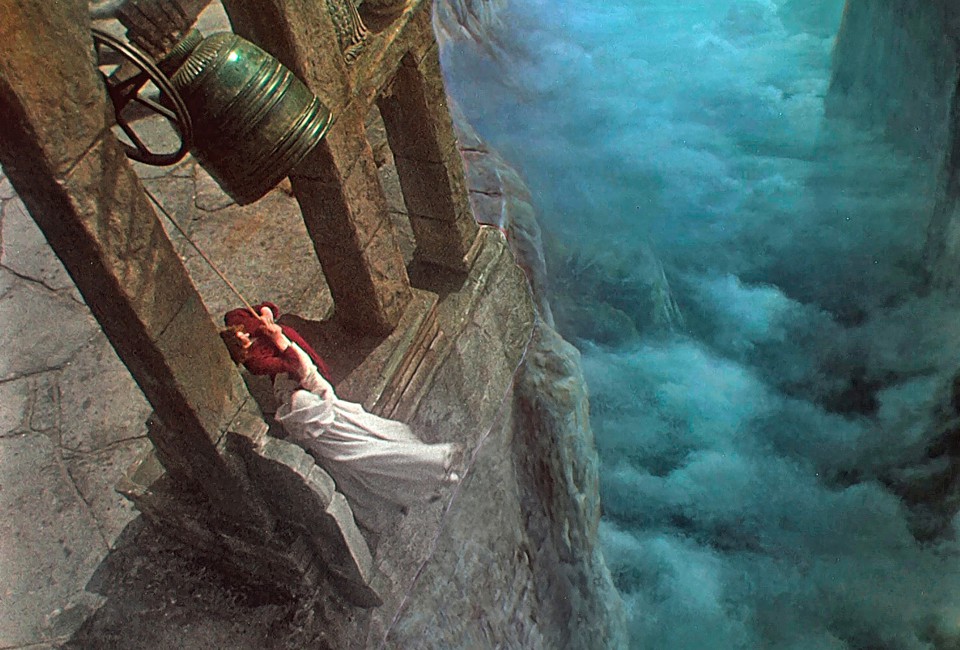
2. Black Narcissus (1947)
Of the Powell & Pressburger filmography, nothing left me as speechless and in awe as Black Narcissus. Colors have never been brighter. Shorts have never been shorter than Mr. Dean’s (David Farrar). Nuns have never been hornier or scarier. Even on the small screen, the images of Black Narcissus feel purely and overwhelmingly theatrical. Visually and story-telling-wise, I’ve seen few films as thrilling and involving as Black Narcissus. FX tried to expand the tale with a three episode miniseries this November. However, they missed the point. Black Narcissus is more than just impending doom. It’s about how repression and isolation allows pent up feelings of all sorts (lust, jealousy, rage) to bubble up and explode.
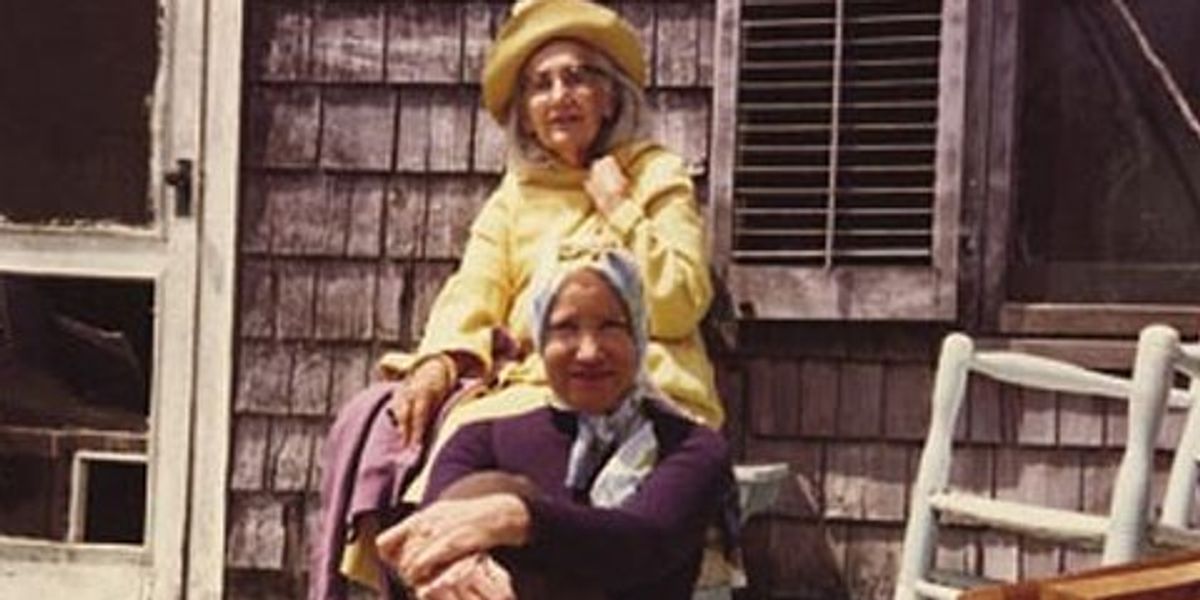
1. Grey Gardens (1975)
Even though Grey Gardens had been a major blind spot of mine, I felt like I knew what I was getting into. The tale of Big Edie and Little Edie Bouvier Beale, cousins of Jackie Kennedy, is part of the fabric of pop culture. Between Jinkx Monsoon on RuPaul’s Drag Race, the Jessica Lange/Drew Barrymore tv movie, the Broadway musical adaptation, and Documentary Now, the images and personas of the Edies are indelible. From the opening frames of decrepit Hampton estate, I realized the 1975 documentary is way more than just the iconic moments we all know. Every exchange between Little Edie and Big Edie carries with it decades of abuse and codependency. The documentary crew captures every nook, cranny and nuance within the withering estate. The filmmakers stumble upon a treasure trove. Every moment is packed with more things to notice and unpack.

What were your favorite first time viewing discoveries this year?
